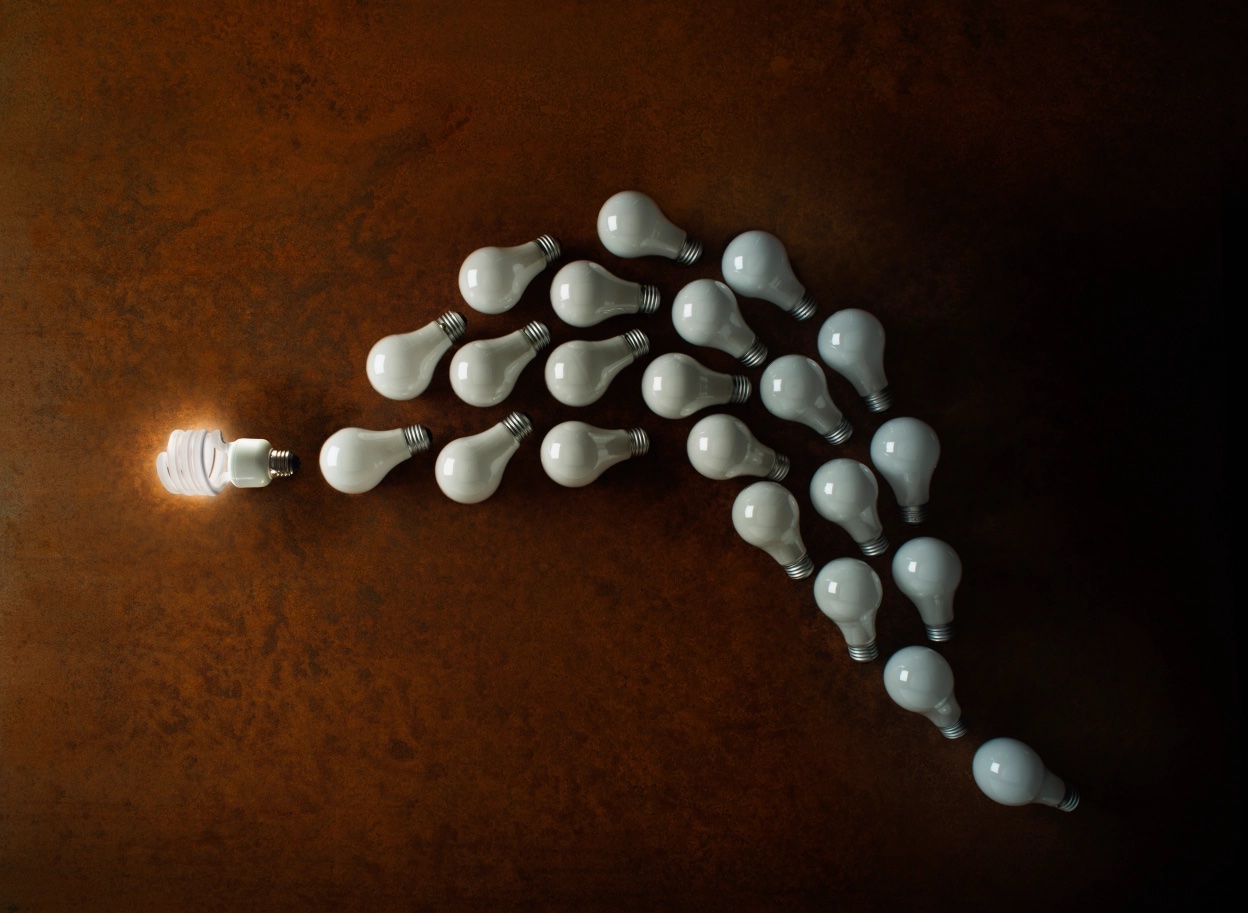A few weeks ago, my daughter came home from school upset. It had been a math test day, and she left a problem at the end of the exam blank because she didn’t know how to answer it. By her calculations, this meant it would be impossible for her to score any higher than a B on the test. As a proud A-student, she was devastated.
My heart hurt for her in that moment. Failure is an inevitable part of life—one that we all have to make peace with and learn how to process. As I considered how best to console her, I realised how much of my own success has depended on being comfortable with the prospect of failure.
Pursuing transformational change almost always requires some sort of innovation—and innovation and failure are two sides of the same coin. It requires pushing outside your comfort zone and trying new things, with no guarantees about how it will turn out.
Almost every organisation talks about making room for failure as part of the innovation process. But it’s a lot harder to do in practice. This is especially true during times of uncertainty. The stakes feel higher—and the risks of failure more severe.
In my role at VMware, I think about this balance between innovation and failure from two sides. As a senior sales leader, influencing the people above me on our strategy to become a cloud-first company is a big part of my job. Of course, I’m one of many sales leaders trying to do the same thing—and I don’t always succeed in making my case. In those moments, I have to dig deep and nurture my own sense of resilience.
On the other side of my job, I’m responsible for influencing my team—the people looking to me for guidance on how they should think about this relationship between innovation and failure. It’s on me to make them feel safe enough to take the smart risks that are going to deliver the results our customers expect.
How do I approach this responsibility? First, I’m a big believer in honesty and transparency. When a situation is uncertain, it can be tempting to push away the resulting stress and pretend it’s not there. But this can make your team feel like you don’t see them—and they might lose trust in you. Instead, I try to be an open book—realistic about where we’re at, empathetic about their feelings, but also steadfast in our ability to tackle anything that gets thrown our way.
Second, I’ll set up guardrails that promote innovation in a safer way. Being asked to innovate without any kind of parameters can be paralysing. It leaves you unsure about what you’re being asked to do—and fearful of making the wrong move. So, I try to establish an acceptable range of risk for my team to operate within. This might mean trying something new for a certain amount of time, within a specific scope of work, or among a smaller group of people—and it’s always coupled with regular check-ins to assess what’s working and what needs to be adjusted.
Finally, I recognise that one of the most important things I can do as a leader is to keep my team focused on our broader purpose. Even when everything else is going wrong, clarity of purpose can always point a way forward since there’s never only one way to get somewhere. When we encounter an obstacle, I’m intentional about asking people to pick up their heads, reorient toward our north star, and start looking for other paths that will get us where we want to go.
This was ultimately the wisdom I decided to share with my daughter after her math test. I asked her: “Have you figured out how to answer the question that stumped you?” She immediately said yes—she had looked it up right after the test. So, I reminded her that the purpose of the test wasn’t to define her by a letter grade, but to help her learn. By that measure, she was a wild success—she would never forget how to answer that kind of question again. It just took a slightly different path than she expected.
It's a good lesson for us all. The pursuit of transformational change is always going to be filled with wrong turns, detours, and roadblocks. But you’ll always find a way to reach your destination if you keep your eye on the horizon.

